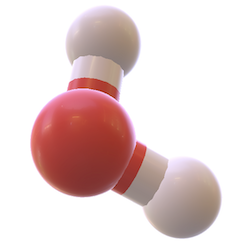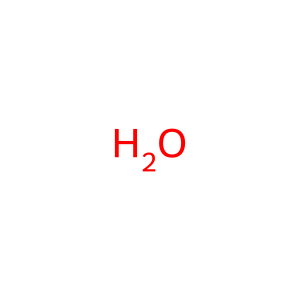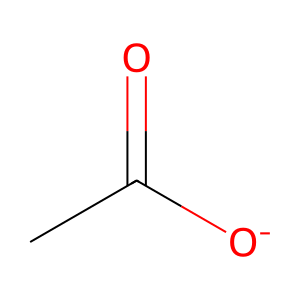Reaction: HDAC3 containing complexes deacetylate histone
- in pathway: HDACs deacetylate histones
HDAC3 mediates the gene silencing activity of Retinoic acid and thyroid hormone receptor (SMRT) complex or the homologous nuclear receptor corepressor (NCoR). These coregulators are involved in a wide range of developmental and homeostatic processes, including metabolism, inflammation, and circadian rhythms (Mottis et al. 2013). HDAC3 interacts with a conserved SANT-like domain known as the deacetylase activating domain (DAD) within NCOR2 (SMRT) or NCOR1 (Li et al. 2000, Wen et al. 2000, Zhang et al. 2002, Yoon et al. 2003, Oberoi et al. 2011). This interaction both recruits and activates HDAC3 (Wen et al. 2000, Guenther et al. 2001, Zhang et al. 2002). Recruitment of HDAC3 to the DAD is essential for repression by the nuclear thyroid hormone receptor and for the maintenance of normal circadian physiology (You et al. 2010, Yin et al. 2007). A second SANT-like domain has been reported to interact directly with histone tails and termed the histone interaction domain (HID) (Hartman et al. 2005, Yu et al. 2003). NCORs are largely unstructured platform proteins that act as a scaffold upon which the enzymatic machinery of the repression complex is built (Watson et al. 2012). They can recruit other deacetylases such as HDAC4 (Fischle et al. 2002), HDAC5, HDAC7 (Kao et al. 2000), Sirt1 (Picard et al. 2004), and via mSin3, HDAC1 (Heinzel et al. 1997, Nagy et al. 1997). The importance of these deacetylase enzymes is not yet established. It has been demonstrated HDAC3 was shown to be responsible for deacetylase activities associated with HDAC4 and HDAC7 (Fischle et al. 2002). Corepressor complexes are heterogeneous, context-specific and transient in nature, but in addition to HDAC3, some additional partners are regularly found in stoichiometric association with NCOR1/NCOR2 and are essential for repressive function. These partners include the G protein pathway suppressor (GPS2) and transducing beta-like 1 (TBL1) and its homologue, TBL-related 1 (TBLR1), which together form the core repression complex (Oberoi et al. 2011). Ins(1,4,5,6)P4 is a further component of the complex (Watson et al. 2012).
Reaction - small molecule participants:
acetate [nucleoplasm]
H2O [nucleoplasm]
Reactome.org reaction link: R-HSA-3777129
======
Reaction input - small molecules:
water
Reaction output - small molecules:
acetate
Reactome.org link: R-HSA-3777129


